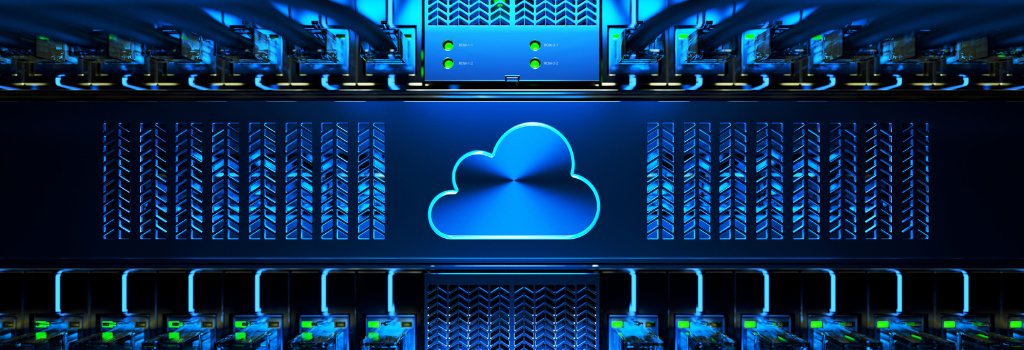Eagle-Lanner tech blog
- 세부
- Super User에 의해 작성됨
The telecommunications landscape is undergoing a swift transformation, with the emergence of 5G technology heralding a profound shift in how we connect and communicate. At the heart of the 5G revolution lies the User Plane Function (UPF), a crucial element responsible for delivering rapid data speeds, minimal latency, and enhanced network performance. To unlock the full potential of 5G, optimizing and expediting various network functions, including the User Plane Function (UPF), is imperative. SmartNIC offload solutions are emerging as potent tools to realize this objective.
더 읽기: Accelerating 5G User Plane Function with SmartNIC Offload Solutions
- 세부
- Super User에 의해 작성됨
In our current hyper-connected world, data flows ceaselessly across networks, and the demand for efficient data processing, rapid information delivery, and enhanced security has reached unprecedented levels. Within our rapidly evolving landscape of network technologies, traditional Network Interface Cards (NICs) are facing limitations in coping with the demands of modern data-intensive applications. This is where a new gen of NICs, Smart NICs, have been developed with the potential to reshape modern networking.
더 읽기: Smart NIC Offloads CPU Workload for Accelerated Data Processing
- 세부
- Super User에 의해 작성됨
Edge computing works in correlation with various edge connectivity solutions to bring data processing closer to its source, optimizing network traffic, lower latency, response time, bandwidth, security, and more are all improved. In numerous industries, such as mining, oil and gas, and new energy implementing equipment and process field data collection at the edge to improve efficiencies and take corrective actions before failures occur, is an ideal way to gain transparency on all elements of the business and operations and result in major gains and competitive advantage. Especially for oil and gas applications, the hardware devices and technology in those hazardous environments must have design and constructional elements that keep the chance for combustion or explosion acceptable low, or C1D2 certification.
- 세부
- Super User에 의해 작성됨
In an era driven by the relentless pursuit of technological advancements, the demand for faster, more reliable, and sustainable data processing solutions is at an all-time high. As the world moves towards adopting network virtualization to revolutionize network security and edge computing, it becomes imperative to consider the environmental impact of these innovations. Green 5G edge servers offer a sustainable solution that combines the power of 5G with scalable architecture, OPEX/CAPEX efficiency, and eco-conscious design. In this blog, we will explore the key elements that make a green edge server a game-changer for the future of 5G edge computing.
- 세부
- Super User에 의해 작성됨
In the realm of artificial intelligence (AI), two distinct computing paradigms have emerged: AI servers and edge AI servers. These solutions play pivotal roles in enabling advanced data processing, but their approaches and applications differ significantly. In this blog, we will delve into the world of AI servers and edge AI servers, exploring their capabilities and highlighting the benefits they offer in different contexts.
더 읽기: Comparing AI Servers and Edge AI Servers: Unveiling the Power of Centralized Computing and...
- 세부
- Super User에 의해 작성됨
AI plays a crucial role in enabling autonomous mobile robots to perceive, reason, and make intelligent decisions in dynamic and unstructured environments. AI for autonomous mobile robots is a rapidly evolving field, driven by advancements in computer vision, machine learning, and robotics. It finds applications in various domains, including logistics and warehousing, manufacturing, healthcare, agriculture, and search and rescue operations. The goal is to develop robots that can operate autonomously, adapt to changing environments, and interact effectively with humans to perform complex tasks.
더 읽기: Building Flexible and Secure Autonomous Mobile Robots Solution
- 세부
- Super User에 의해 작성됨
Safeguarding critical infrastructures is crucial for maintaining the smooth operation of essential services such as power substation, oil refinery, water treatment, and transportation systems. With the increasing integration of operational technology (OT) and the rise of sophisticated cyber threats, the role of artificial intelligence (AI) in OT security has become increasingly important. AI can play a significant role in enhancing the security of critical infrastructures by detecting and responding to cyber threats in real-time, improving incident response capabilities, and enabling predictive maintenance to prevent system failures.
더 읽기: Safeguarding Critical Infrastructures: The Role of AI in OT Security












